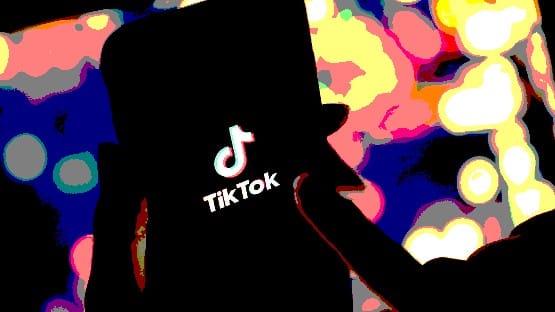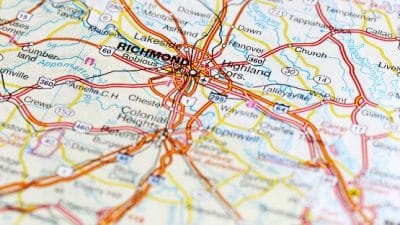
As a young cub, this bear was illegally kept in a private home for 30 days. The cub was confiscated in May 2013 by the Botetourt County sheriff’s office and VDGIF and brought to the Wildlife Center. While at the Center, interaction with humans was limited, but the damage had been done – the bear had lost his natural mistrust of people and he cannot be returned to the wild.
In early June, this yearling bear will be transferred from the Center to the Knoxville Zoo, an accredited facility that can provide appropriate long-term housing for the bear. The bear will be kept in isolation for observation, quarantine, and acclimation for a few weeks before being placed on public display.
In September 2012, VDGIF and the Center placed another habituated bear with the Knoxville Zoo. When picked up by an animal control office in Montgomery County, that bear was wearing a dog collar and exhibiting human-habituated behaviors. The bear – now known as Monty – is thriving at the Knoxville facility and is on public display.
“We are very pleased to have found a place for this bear,” said Ed Clark, President and Co-Founder of the Wildlife Center of Virginia. “We’ve placed another bear with the Knoxville Zoo, and we know the program and the personnel there. We know that they will provide a good home for this animal.”
Earlier this month, VDGIF and the Center announced that two bears brought to the Center last year – the bear being placed in Knoxville, and a second female yearling – were habituated and non-releasable and that the search for appropriate permanent homes was underway. VDGIF and the Center are continuing to look for an appropriate placement for the second yearling. “Finding placement for non-releasable wildlife is not easy; there are few places with the real capacity and willingness to accept such animals – especially Black Bears,” Clark added. “We will not place any animals in what we consider to be substandard facilities or management programs. It’s not a matter of just keeping the bears alive; quality of life is a primary consideration.”
“The most effective way to support our bears in Virginia is to remember that most problems caused by bears are really ‘people problems’,” said Jaime Sajecki, Black Bear Project Leader for VDGIF. “It is up to humans to change their own behaviors to avoid conflicts and be able to coexist peacefully with such amazing animals. It is up to all of us to share in the responsibility in keeping bears wild.”
“Sadly, some people selfishly take animals like bear cubs or fawns into captivity and treat them like pets. That may be fun for the family, but it may be catastrophic for the wild animal,” Clark added. “Unfortunately, the people who really do the damage seldom have to see the consequences of their actions.”
The Wildlife Center of Virginia is an internationally acclaimed teaching and research hospital for wildlife and conservation medicine. Since its founding in 1982, the nonprofit Center has cared for more than 65,000 wild animals, representing 200 species of native birds, mammals, reptiles, and amphibians. In 2013-2014, with the assistance of VDGIF, the Center constructed two new facilities for housing Black Bears. Since April 2013, the Center has admitted a total of 39 Black Bears.
In July 2011, the Center launched Critter Cam, which has allowed wildlife enthusiasts around the world to watch a variety of Center patients, including Black Bears. A link to Critter Cam may be found on the Center’s homepage – www.wildlifecenter.org.
The mission of the Knoxville Zoological Gardens is to celebrate the wonders of the natural world. Through education, conservation, exhibition, research and recreation, the zoo tells the stories of the animals, plants and people who make up the communities of the earth. The zoo works to develop positive attitudes and actions about nature and about conservation as a local and global issue. Additional information about the Zoo is available at http://www.knoxville-zoo.org/.










